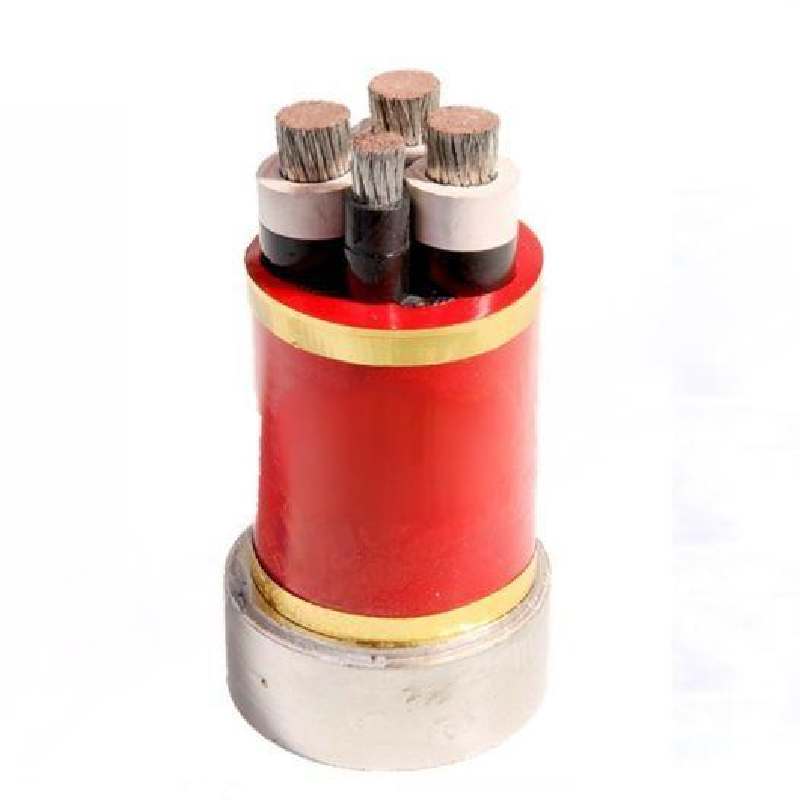Nov . 06, 2024 02:58 Back to list
Long Stem Gate Valve for Efficient Flow Control Solutions in Various Applications
The Long Stem Gate Valve An Essential Component in Industrial Applications
In industrial settings, efficient fluid control is pivotal to ensuring operational effectiveness and safety. Among the various types of valves used in piping systems, the long stem gate valve stands out due to its unique design and functional advantages. Understanding the characteristics and applications of long stem gate valves can aid engineers and operators in selecting the right components for their systems.
Design and Functionality
A long stem gate valve is characterized by its elongated stem, which connects the valve disc to the operating handle or actuator located above the valve body. This design provides several benefits. First, it allows for greater clearance for operation, making it easier to operate the valve in tight spaces or high-pressure environments where accessibility might be limited. The long stem acts as an extension, enabling operators to manipulate the valve with minimal direct contact with the potential hazards of the medium flowing through the system.
The primary function of a gate valve, including the long stem version, is to provide a straight-line fluid flow with minimal resistance when fully open. When the valve is closed, the gate is positioned perpendicular to the flow, effectively preventing the passage of liquids or gases. This design minimizes turbulence and pressure drop, which are crucial in systems that require high flow efficiency.
Materials and Specifications
Long stem gate valves are typically made from materials such as stainless steel, carbon steel, and brass, depending on the application requirements. The choice of material is critical, as it must withstand the pressure, temperature, and chemical characteristics of the media it controls. For example, stainless steel is favored in corrosive environments, whereas carbon steel is often used in less hostile conditions.
long stem gate valve

The specifications of long stem gate valves can vary significantly based on the application
. Factors such as pressure ratings, temperature limits, and size must be considered to ensure optimal performance. Standard industry ratings include PN (Pressure Nominal) ratings, which dictate the maximum allowable pressure for the valve under specific temperatures.Applications
Long stem gate valves are widely utilized across various industries. In the oil and gas sector, they are essential for controlling the flow of crude oil and natural gas in pipelines. The ability to isolate sections of the pipeline during maintenance or emergencies is critical for safety and operational continuity.
In water treatment facilities and municipal water systems, long stem gate valves are used to manage the distribution of potable water and wastewater. Their reliable sealing capability is vital to prevent leaks and ensure the equitable distribution of water supplies.
Furthermore, long stem gate valves play a crucial role in power generation plants, particularly in cooling systems. They assist in regulating the flow of water required for cooling mechanisms, ensuring that temperatures remain within safe operational limits.
Conclusion
The long stem gate valve is a vital component in many industrial applications, combining functionality with design advantages that enhance ease of use and operational safety. By understanding the features, materials, and applications of these valves, professionals in the field can make informed decisions that contribute to the efficiency and reliability of their systems. As industries continue to evolve and the demand for efficient fluid control increases, the long stem gate valve will remain an integral part of modern engineering solutions.
Share
-
Reliable Wafer Type Butterfly Valves for Every IndustryNewsJul.25,2025
-
Reliable Flow Control Begins with the Right Ball Check ValveNewsJul.25,2025
-
Precision Flow Control Starts with Quality ValvesNewsJul.25,2025
-
Industrial Flow Control ReliabilityNewsJul.25,2025
-
Engineered for Efficiency Gate Valves That Power Industrial PerformanceNewsJul.25,2025
-
Empowering Infrastructure Through Quality ManufacturingNewsJul.25,2025